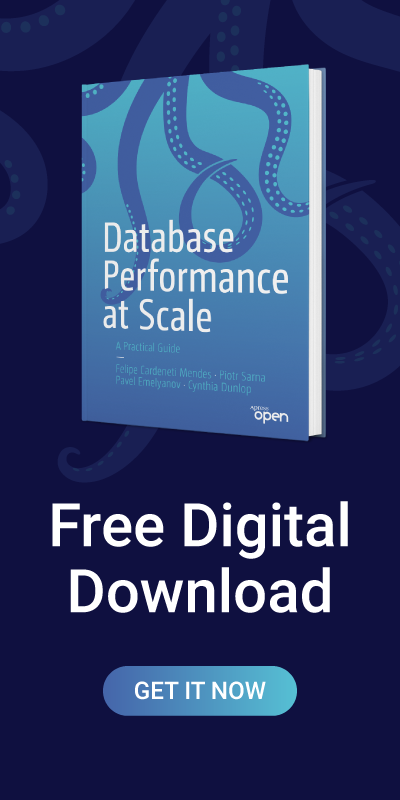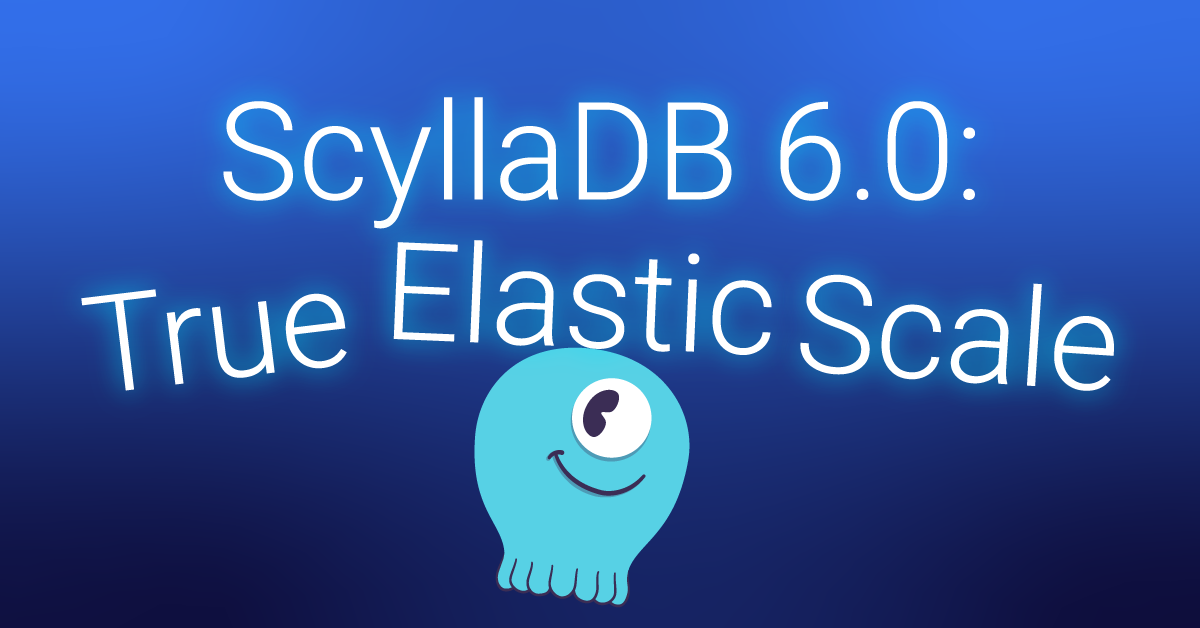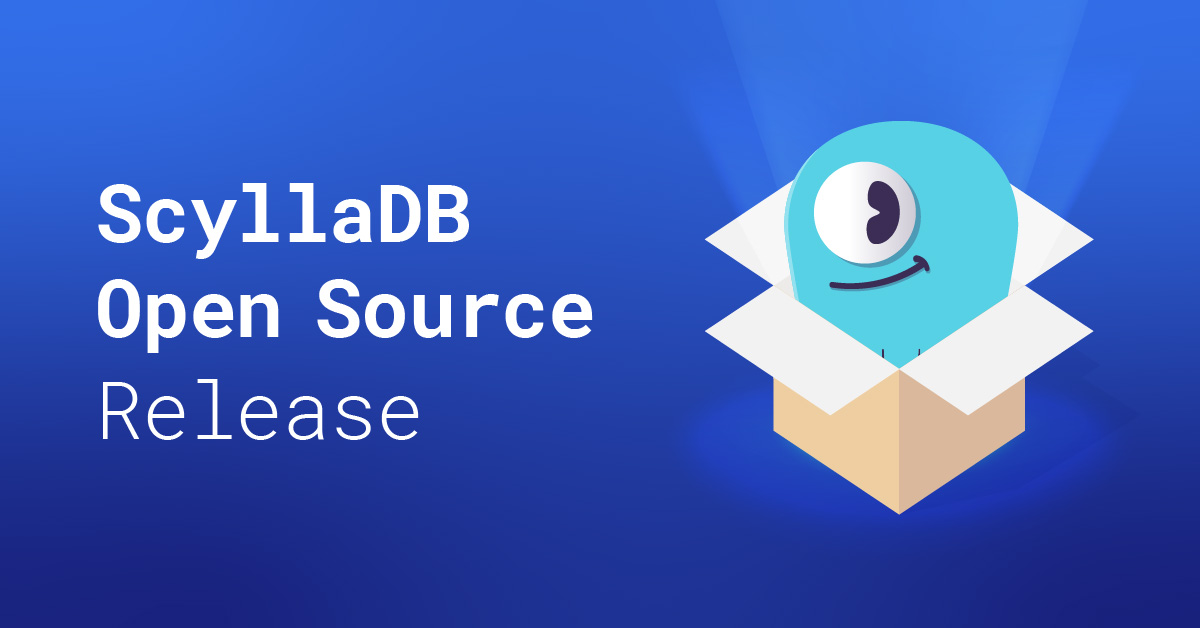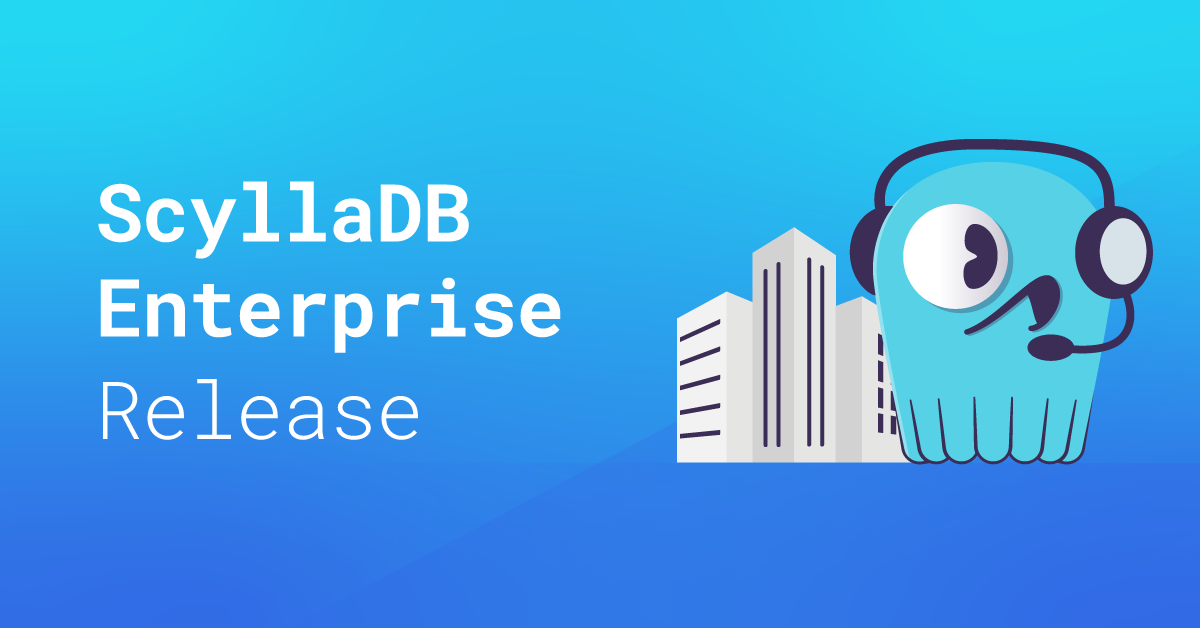
Tablets are enabled by default + new support for mixed clusters with varying core counts and resources
The ScyllaDB team is pleased to announce the release of ScyllaDB 2025.1.0 LTS, a production-ready ScyllaDB Long Term Support Major Release. ScyllaDB 2025.1 is the first release under our Source-Available License. It combines all the improvements from Enterprise releases (up to 2024.2) and Open Source Releases (up to 6.2) into a single source-available code base.
ScyllaDB 2025.1 enables Tablets by default. It also improves performance and scaling speed and allows mixed clusters (nodes that use different instance types). Several new capabilities, updates, and hundreds of bug fixes are also included.
This release is the base for the upcoming ScyllaDB X Cloud, the new and improved ScyllaDB Cloud. That release offers fast boot, fast scaling (out and in), and an upper limit of 90% storage utilization (compared to 70% today).
In this blog, we’ll highlight the new capabilities our users have frequently asked about. For the complete details, read the release notes.
- Read the detailed release notes on our forum
- Learn more about ScyllaDB Enterprise
- Get ScyllaDB Enterprise 2025.1
- Upgrade from ScyllaDB Enterprise 2024.x to 2025.1
- Upgrade from ScyllaDB Open Source 6.2 to 2025.1
ScyllaDB Enterprise customers are encouraged to upgrade to ScyllaDB Enterprise 2025 and are welcome to contact our Support Team with questions.
Read the detailed release notes
Tablets
Overview
In this release, ScyllaDB makes tablets the default for new Keyspaces. “Tablets” is a new data distribution algorithm that improves upon the legacy vNodes approach from Apache Cassandra. Unlike vNodes, which statically distribute tables across nodes based on the token ring, Tablets dynamically assign tables to a subset of nodes based on size. Future updates will optimize this distribution using CPU and OPS information.
Key benefits of Tablets include:
- Faster scaling and topology changes allow new nodes to serve reads and writes as soon as the first Tablet is migrated. Together with Raft-based Strongly Consistent Topology Updates, Tablets enable users to add multiple nodes simultaneously.
- Automatic support for mixed clusters with varying core counts.
You can run some Keyspaces with Tablets enabled and others with Tablets disabled. In this case, scaling improvements will only apply to Keyspaces with Tablets enabled.
vNodes will continue to be supported for existing and new Keyspaces using the `tablets = { 'enabled': false }` option.
Tablet Merge
Tablet Merge is a new feature in 2025.1. The goal of Tablet Merge is to reduce the tablet count for a shrinking table, similar to how Split increases the count while the table is growing. The load balancer decision to merge was implemented today (it came with the infrastructure introduced for split), but it hasn’t been handled until now. The topology coordinator will now detect shrunk tables and merge adjacent tablets to meet the average tablet replica size goal. #18181
Tablet-Based Keyspace Limitations
Tablets Keyspaces are NOT yet enabled for the following features:
- Materialized Views
- Secondary Indexes
- Change Data Capture (CDC)
- Lightweight Transactions (LWT)
- Counters
- Alternator (Amazon DynamoDB API) Using Tablets
You can continue using these features by using a vNode based Keyspace.
Monitoring Tablets
To monitor Tablets in real time, upgrade ScyllaDB Monitoring Stack to release 4.7, and use the new dynamic Tablet panels shown below.
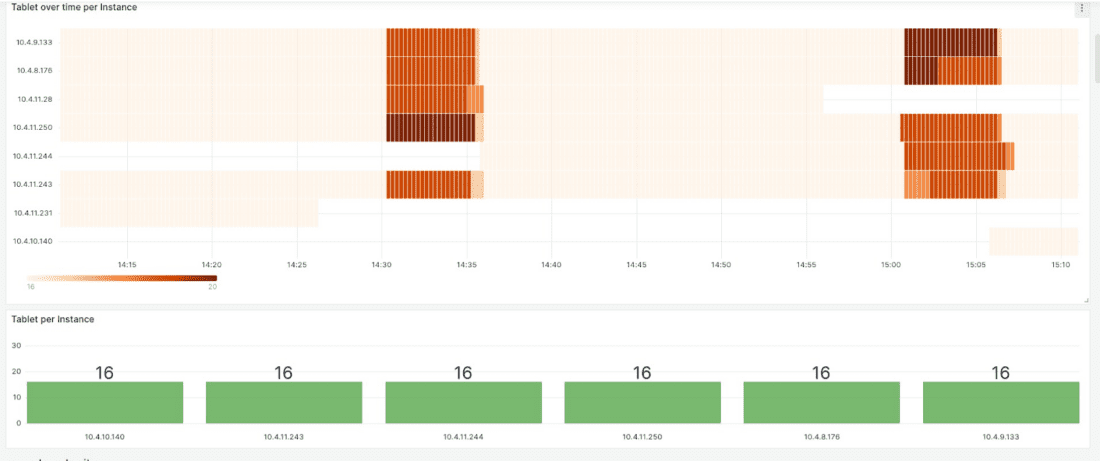
Tablets Driver Support
The following driver versions and newer support Tablets
- Java driver 4.x, from 4.18.0.2
- Java driver 3.x, from 3.11.5.4
- Python driver, from 3.28.1
- Gocql driver, from 1.14.5
- Rust driver, from 0.13.0
Legacy ScyllaDB and Apache Cassandra drivers will continue to work with ScyllaDB. However, they will be less efficient when working with tablet-based Keyspaces.
File-based Streaming for Tablets
File-based streaming enhances tablet migration. In previous releases, migration involved streaming mutation fragments, requiring deserialization and reserialization of SSTable files. In this release, we directly stream entire SSTables, eliminating the need to process mutation fragments. This method reduces network data transfer and CPU usage, particularly for small-cell data models. File-based streaming is utilized for tablet migration in all keyspaces with tablets enabled.
More in Docs.
Arbiter and Zero-Token Nodes
There is now support for zero-token nodes. These nodes do not replicate data but can assist in query coordination and Raft quorum voting. This allows the creation of an Arbiter: a tiebreaker node that helps maintain quorum in a symmetrical two-datacenter cluster. If one data center fails, the Arbiter (placed in a third data center) keeps the quorum alive without replicating user data or incurring network and storage costs. #15360
You can use nodetool status to find a list of zero token nodes.
Additional Key Features
The following features were introduced in ScyllaDB Enterprise Feature Release 2024.2 and are now available in Long-Term Support ScyllaDB 2025.1. For a full description of each, see 2024.2 release notes and ScyllaDB Docs.
- Strongly Consistent Topology Updates. With Raft-managed topology enabled, all topology operations are internally sequenced consistently. Strongly Consistent Topology Updates is now the default for new clusters and should be enabled after upgrade for existing clusters.
- Strongly Consistent Auth Updates. Role-Based Access Control (RBAC) commands like create role or grant permission are safe to run in parallel without a risk of getting out of sync with themselves and other metadata operations, like schema changes. As a result, there is no need to update system_auth RF or run repair when adding a DataCenter.
- Strongly Consistent Service Levels. Service Levels allow you to define attributes like timeout per workload. Service levels are now strongly consistent using Raft, like Schema, Topology, and Auth.
- Improved network compression for intra-node RPC. New compression improvements for node-to-node communication:
- Using zstd instead of lz4
- Using a shared dictionary re-trained periodically on the traffic, instead of the message-by-message compression.
- Alternator RBAC. Authorization: Alternator supports Role-Based Access Control (RBAC). Control is done via CQL.
- Native Nodetool. The nodetool utility provides simple command-line interface operations and attributes. The native nodetool works much faster. Unlike the Java version, the native nodetool is part of the ScyllaDB repo and allows easier and faster updates.
- Removing the JMX Server. With the Native Nodetool (above), the JMX server has become redundant and will no longer be part of the default ScyllaDB Installation or image.
- Maintenance Mode. Maintenance mode is a new mode in which the node does not communicate with clients or other nodes and only listens to the local maintenance socket and the REST API.
- Maintenance Socket. The Maintenance Socket provides a new way to interact with ScyllaDB from within the node it runs on. It is mainly for debugging. As described in the Maintenance Socket docs, you can use cqlsh with the Maintenance Socket.
